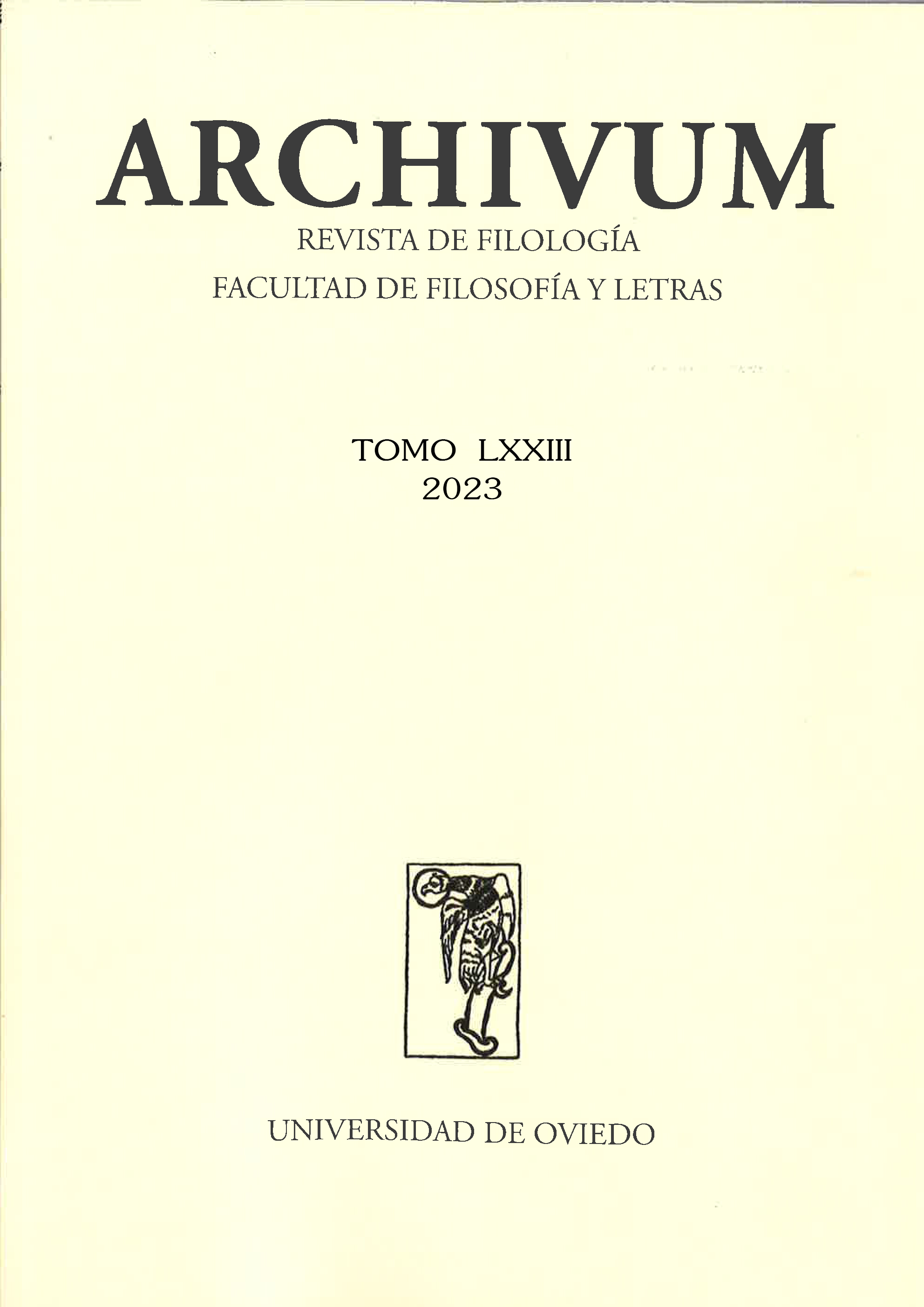Abstract
The Ballad of Mulan has undergone a long process of metamorphosis over the last millennium, not only in its transposition to the West, but also within Chinese culture itself. Its enduring popularity is explained by its narrative interest and the permeability of the story to different system of values. In this work, as part of a broader study on the avatars of the Mulan myth, we examine a set of iconographic representations of the character of Mulan in Chinese illustrations from the 1940s and 1950s. Such illustrations must be framed in the Chinese cultural context of those years. It is demonstrated that a function of these illustrated representations of the Ballad of Mulan is to disseminate ideological values of the communist regime. Likewise, these representations do not archaeologically reproduce the uses of the time when the Ballad was composed (5th century AD), but partly reflect the aesthetics of the time in which they were published (modern China of the People's Republic of China).
References
Allen, Joseph R. (1992). In the Voice of Others: Chinese Music Bureau Poetry. University of Michigan. https://doi.org/10.3998/mpub.19102
Brunel, P. (1992), Mythocritique. Théorie et parcours, Paris, PUF.
Danzhai, Liu (刘旦宅) (1955). Mulan se une al ejército (木兰从军). Shangai, Editorial Popular de Bellas Artes. https://baijiahao.baidu.com/s?id=1709608986904203518&wfr=spider&for=pc
Dong, L. (2006). Writing Chinese America into Words and Images: Storytelling and Retelling of the Song of Mulan. The Lion and the Unicorn, 30(2), 218-233. https://doi.org/10.1353/uni.2006.0020
Dong, L. (2011). Mulan’s Legend and Legacy in China and the United States. Temple University Press.
Frenzel, E. (1963), Stoff, Motiv- und Symbolforschung, Stuttgart, Metzler. https://doi.org/10.1007/978-3-476-04129-6
Frenzel, E. (1966), Stoff- und Motivgeschichte, Berlín, E. Schmidt.
Frenzel, E. (1980), Vom Inhalt der Literatur: Stoff, Motiv, Thema, Friburgo, Herder.
Lo Nigro, S. (1966). La canzone della «fanciulla guerriera» nella poesia popolare europea. Università di Catania.
Margouliès, G. (1928). Deux poèmes sur la jeune fille partie à la guerre pour remplacer son père. Révue de Littérature Comparée, 8, 304-309.
Martín Rodríguez, A. M. (2002). De Aedón a Filomela. Génesis, sentido y comentario de la versión ovidiana del mito. Universidad de Las Palmas de Gran Canaria.
Martínez Sariego, M. M. (2009). La figura literaria de la doncella guerrera en Oriente y Occidente: una aproximación comparatista. En A. Cruz (Ed.). Estudios de Literatura General y Comparada: Literatura y alianza de civilizaciones. XVI Simposio de la SELGyC (255-269). Ayuntamiento de Lucena.
Martínez Sariego, M. M. (2013). La doncella guerrera: literatura e identidad nacional. En Jasmina Nikolić y Dalibor Soldatić (Eds.). AELO 35. Avances en el Estudio de la Literatura Oral / Advances in Oral Literature Research (pp. 299-314). Belgrado, Facultad de Filología.
Naudus, Philip (s. a.). The History Behind the Legend of Hua Mulan (400 AD Onward). Mulanbook. Recuperado el 2 de Julio de 2022 de https://mulanbook.com/pages/overview/history-of-legend-of-mulan
Postel, P. (2002). Mulan. En P. Brunel (Ed.). Dictionnaire des mythes féminins (pp. 1388-1406). Éditions du Rocher.
Rajewsky, I. O. (2002). Intermedialität, Stuttgart, A. Francke UTB.
Ricoeur, P. (1983), «La mise en intrigue. Une lecture de la Poétique d’Aristote», Temps et récit I, París, Seuil, pp. 55-84.
Sánchez Noriega, J. L. (2000). De la literatura al cine. Teoría y análisis de la adaptación, Paidós: Barcelona.
Seemann, E. (1959). Die Gestalt des kriegerischen Mädchens in den europäischen Volksbaladen. Rheinisches Jahrbuch für Volkskunde, 10, 192-212.
Shuhui, Wang (王叔晖) (1950). Mulan se une al ejército (木兰从军). Chaohua, Editorial de Bellas Artes. https://www.toutiao.com/article/6959137844631749128/?upstream_biz=toutiao_pc&source=m_redirect&wid=1683685958695
Tian, Y., y Laguna Mariscal, G. (2024), La Balada de Mulan: Edición, Traducción al Español e Interpretación Literaria. Philologia Canariensia, 30, en prensa.
Tian, Y., y Martínez Sariego, M. M. (2023), Mulan y Disney: tradición milenaria china y cultura de masas contemporánea. Oceánide, 16, en prensa.
Wang, Z. (2020). Cultural “Authenticity” as a conflict-ridden hypotext: Mulan (1998), Mulan Joins the Army (1939), and a millennium-long intertextual metamorphosis. Arts, 9(78), 1-16. https://doi.org/10.3390/arts9030078
Yefo, Hu (花木兰) (1949). Hua Mulan (胡也佛). Shangai, Editorial Popular de Bellas Artes. https://www.163.com/dy/article/GOCVMTQH05373FTW.html
Yikun, L. (2013). A Cultural and Historical Perception of the Ancient Chinese Heroine Hua Mulan. 2nd International Conference on Language, Literature, and Linguistics (L3 2013) (pp. 228-231). Global Science and Technology Forum Pte Ltd. http://dx.doi.org/10.5176/2251-3566_l313.127

This work is licensed under a Creative Commons Attribution-NonCommercial-NoDerivatives 4.0 International License.


